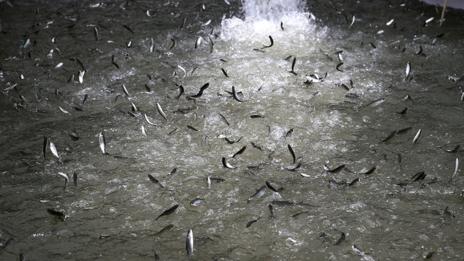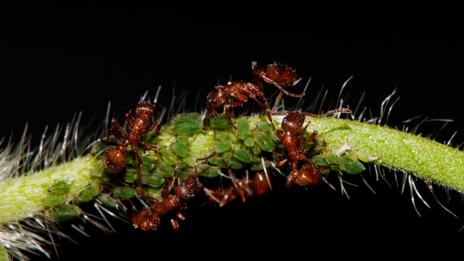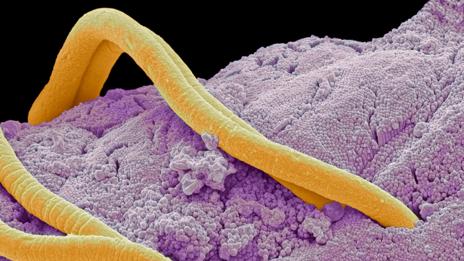
Chikungunya is a virus transmitted to humans by infected mosquitos. Though it mainly affects people living in Africa and Asia, it has been identified in Europe and even the US recently. Though there is no cure for the virus, the first human trial of a new vaccine - published in The Lancet - appears to provide protection against it.
The name "chikungunya" comes from a word in the Kimakonde language, which means "to become contorted" - referring to the hunched appearance of sufferers with joint pain. Other symptoms of the virus include muscle pain, headache, fever, nausea, fatigue and rash. It was first described during an outbreak in southern Tanzania in 1952.
"Since 2006, the virus has caused outbreaks of disease where it had never been previously reported, including Italy, France, and most recently, the USA," says study leader Dr. Julie Ledgerwood at the National Institute of Allergy and Infectious Diseases, National Institutes of Health.
"Currently, we have no licensed vaccines or approved drugs for this debilitating infection, which causes fever and intensely painful, severe arthritis," she adds.
She and her colleagues explain that, unlike other chikungunya virus candidates, the new vaccine uses non-infectious virus-like particles (VLP) composed of the structural proteins from the West African strain 37997, which is typically seen by the immune system.
According to the team, the nanoparticles imitate the immune effects of actual virus particles without causing infection because they do not actually contain the virus' genetic material.
More on this story http://www.medicalnewstoday.com/articles/281062.php









